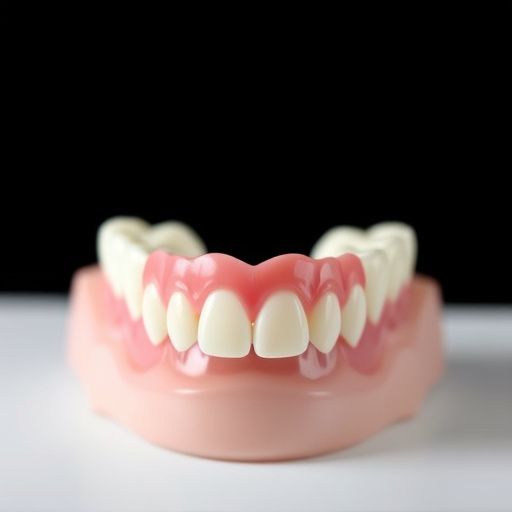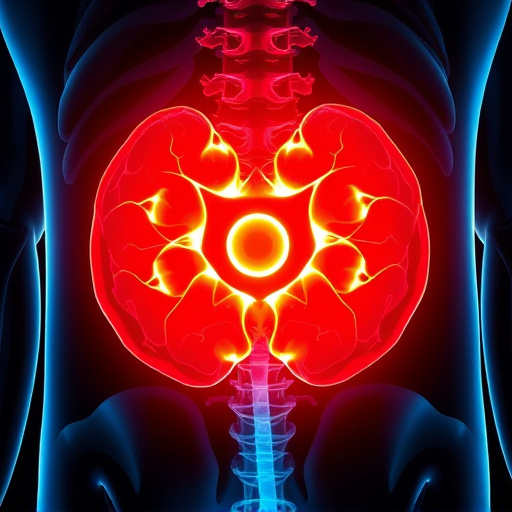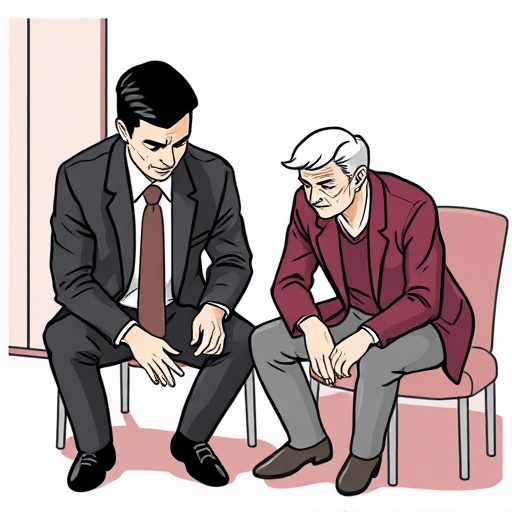Adopting optimal sleeping positions and personalized treatment plans can achieve pinched nerve relief during sleep. Recommended postures include fetal position, side sleeping with a knee pillow, and back sleeping with proper pillow support. Supportive bedding, regular position changes, spinal adjustments, and pain relievers or natural remedies also help prevent irritation and promote healing.
Looking for lasting pinched nerve relief? Understanding how you sleep can significantly impact nerve compression and recovery. In this guide, we explore the best sleeping positions tailored for pinched nerves, focusing on optimal spinal alignment and pressure reduction. Discover the top 3 sleep positions known to provide significant relief. Additionally, learn valuable tips to enhance comfort and accelerate your journey towards a pain-free night’s rest.
- Understanding Pinched Nerves and Sleep Positions
- The Top 3 Sleeping Positions for Relief
- Tips to Enhance Comfort and Speed Up Recovery
Understanding Pinched Nerves and Sleep Positions

Pinched nerves can cause significant discomfort, especially when it happens during sleep. Understanding what positions alleviate pressure on these affected areas is crucial for achieving lasting pinched nerve relief. Sleep positions play a vital role in post-injury care and chronic pain management.
Optimal sleeping postures ensure the body aligns naturally, reducing the risk of pinching or compressing any nerves. Personalized treatment plans can include specific sleep position adjustments to create a more comfortable environment, ultimately promoting better quality rest and faster recovery.
The Top 3 Sleeping Positions for Relief

Many people suffer from pinched nerves, often seeking relief during sleep due to its restorative properties. When it comes to finding the best sleeping positions for lasting pinched nerve relief, it’s all about creating a comfortable and supportive environment that aligns your body correctly. Here are three top positions worth considering:
1. The Fetal Position: This classic sleep posture is incredibly beneficial for those experiencing pinched nerves. By curling up in a fetal position with your knees drawn towards your chest, you’re gently decompressing your spine. This reduces pressure on the affected area and allows for better circulation, leading to faster healing. For added comfort, use a supportive pillow between your legs or under your knees to maintain this natural curve.
2. Side Sleeping with a Pillow Between Knees: Side lying is another excellent choice as it promotes proper alignment of the spine, especially when using a pillow to support the curve of your lower back. Placing a pillow between your knees further eases pressure and can alleviate symptoms associated with pinched nerves in the hips or legs. This position is ideal for those who experience pain while sleeping on their backs, often due to nerve compression.
3. Back Sleeping with Proper Pillow Support: Although many people avoid sleeping on their backs due to potential neck strain, it can be a comfortable option for pinched nerve relief when combined with the right pillow placement. Using a thin, supportive pillow under your knees can maintain the natural curve of your spine and prevent any excess pressure on sensitive areas. This position allows for easy breathing and reduces tension across the body.
If persistent pinched nerves impact your daily life, consider exploring rehab services or chiropractic care for professional guidance and treatment options tailored to your needs.
Tips to Enhance Comfort and Speed Up Recovery

To enhance comfort and speed up recovery from a pinched nerve, consider incorporating several simple tips into your routine. First, maintain proper sleep hygiene by ensuring your mattress and pillows are supportive and aligned with your spine. This alignment can prevent further irritation and promote healing. Regularly changing positions during sleep can also alleviate pressure points, offering much-needed relief.
Additionally, gentle spinal adjustments performed by a qualified healthcare professional can significantly contribute to pinched nerve relief. These adjustments help realign the vertebrae, reducing pressure on nerves and facilitating faster healing. Along with these measures, over-the-counter pain relievers or natural remedies can provide headache relief and reduce inflammation associated with herniated disc treatment.
In conclusion, choosing the right sleeping position is a simple yet effective strategy to achieve lasting pinched nerve relief. By implementing the top three positions recommended in this article—the fetal position, the side-lying posture, and the flat-on-your-back stance—you can alleviate pressure on affected nerves and promote faster recovery. Additionally, incorporating helpful tips for enhancing comfort will further contribute to a restful night’s sleep and overall well-being.














